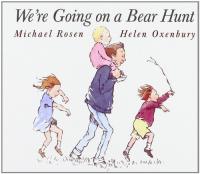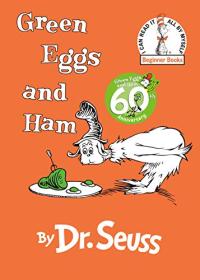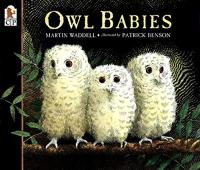Key Information
Focus
When To Use This Strategy
Appropriate Group Size
What is audio-assisted reading?
Audio-assisted reading is an individual or group reading activity where students read along in their books as they hear a fluent reader read the book on an audio recording (such as an audiotape, audiobook, tablet, or other mobile device). As confidence and reading skills develop, students read the same passage or text without the assistance of the audio recording.
Why use audio-assisted reading?
- It helps to build fluency skills including proper phrasing and expression.
- It helps students improve sight word recognition.
- It helps build comprehension.
- It allows students to hear the tone and pace of a skillful reader.
- It’s a flexible strategy that can be used across content areas.
How to use audio-assisted reading
- Choose a reading passage and audio recording of the reading that is slightly above students’ independent reading levels.
- Ask students to listen to the audio while following along on the paper copy of the passage.
- Have students read out loud along out loud with the audio recording.
- Ask students to read the passage without the audio.
- Have students read and re-read along with the audio until they feel comfortable reading the text unassisted.
Teaching tips
- Observe students as they are listening and reading to ensure that they’re able to follow along accurately.
- Most researchers recommend that teachers (or other models of fluent reading) create the audiotapes or recordings.
- The recording should not include distractions such as sound effects or music.
- Digital recording devices such as tablets and mobile phones are easy-to-use tools for audio recordings.
- If limited recording devices are available, rotate students through using a timer or as one of your stations during center time.
Collect resources
Free services
Storynory offers free downloadable and streaming stories for children, including classics, myths, fairy tales, poems, and original stories.
OverDrive Read offers Read-along ebooks with professionally recorded narration that plays along while you read. You can find read-along ebooks in your library’s digital collection by running a search, then selecting OverDrive Read-along under the expandable Ebooks filter. Through OverDrive’s app Libby , you can access audiobooks available from your local library and listen to them online. Because every library purchases a different selection of books, the children’s books you can find will vary depending on where you live. You’ll need to have a library card to access OverDrive and Libby.
Subscription services
Epic! offers a large collection of Read-To-Me books and audiobooks. Epic School is free for educators and students with class code log in access from 7 am to 3 pm when school is physically in session.
Lit2Go offers a free online collection of chapter books, stories, and poems in audiobook format. Many of the stories can also be downloaded as a PDF and printed for use as a read-along. Selections include Black Beauty, Gulliver’s Travels, and The Emerald City of Oz.
The Learning Ally library features high-quality, human-read audiobooks complete with word highlighting. The highlighted text allows readers to follow along with the material while listening to a human voice. Learning Ally offers programs for schools.
Differentiate instruction
For second language learners, students of varying reading skill, and for younger learners
- Students needing more support can be asked to listen to the tape and read along with it, reading just a little slower so that they are “echoing” the taped reading.
- Students who are more skilled readers can try to stay one or two syllables ahead so that the tape is an “echo”.
- Teachers may wish to have students use the computer to listen to online-audio readings or MP3 readings for this activity.
See the research that supports this strategy
Armbruster,B., Lehr, F., & Osborn, J. (2001). Put Reading First: The Research Building Blocks for Teaching Children to Read. Center for the Improvement of Early Reading Achievement (CIERA). http://www.nifl.gov/partnershipforreading/publications/reading_first1fluency.html
Koskinen, P. S., Blum, I. H., Bisson, S. A., Phillips, S. M., Creamer, T. S., & Baker, T. K. (1999). Shared reading, books, and audiotapes: Supporting diverse students in school and at home. The Reading Teacher, 52, 430-444.
Texas Reading Initiative. (2007). Fluency: Instructional Guidelines and Student Activities.
Children’s books to use with this strategy

We’re Going on a Bear Hunt

Green Eggs and Ham

Owl Babies

